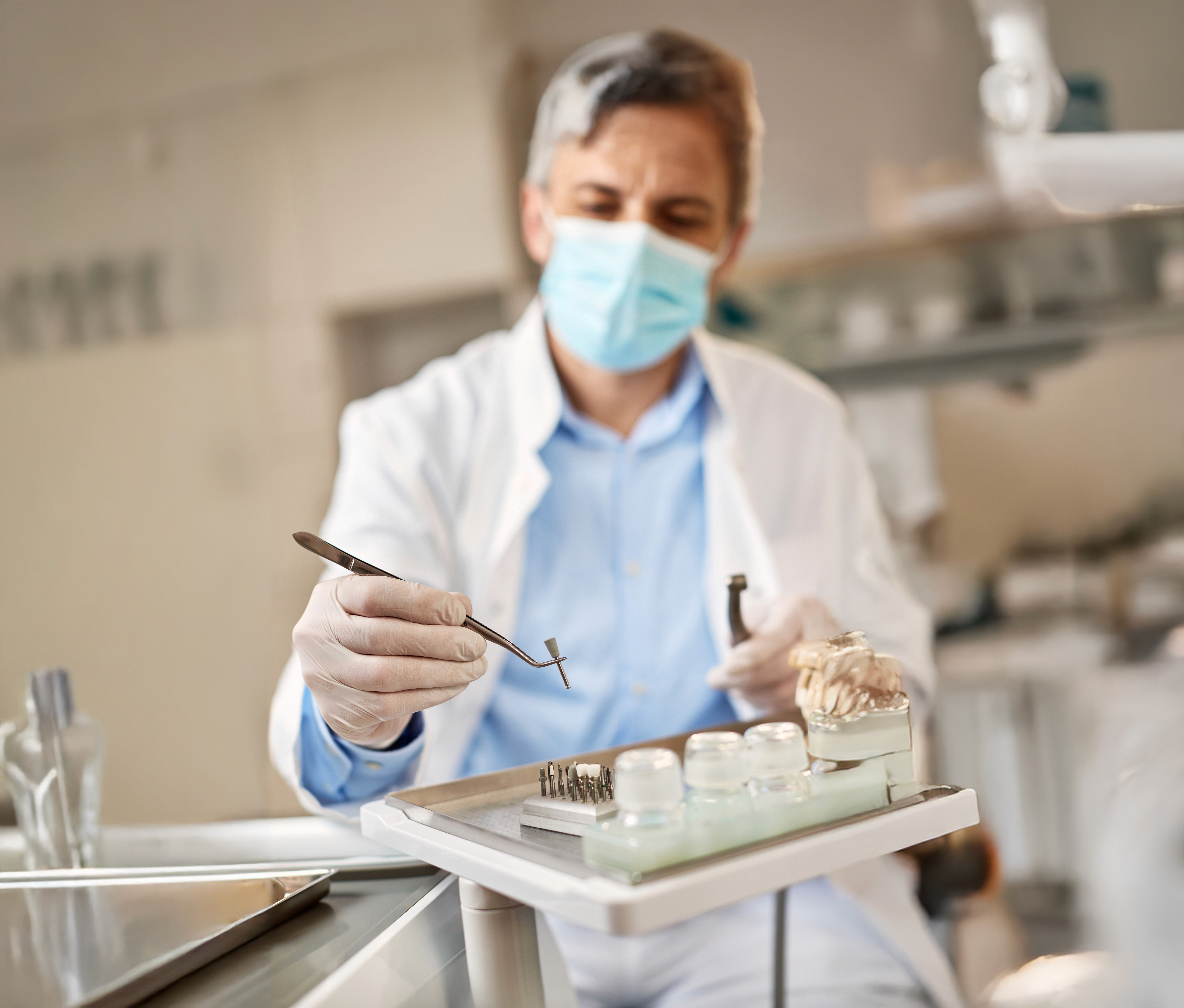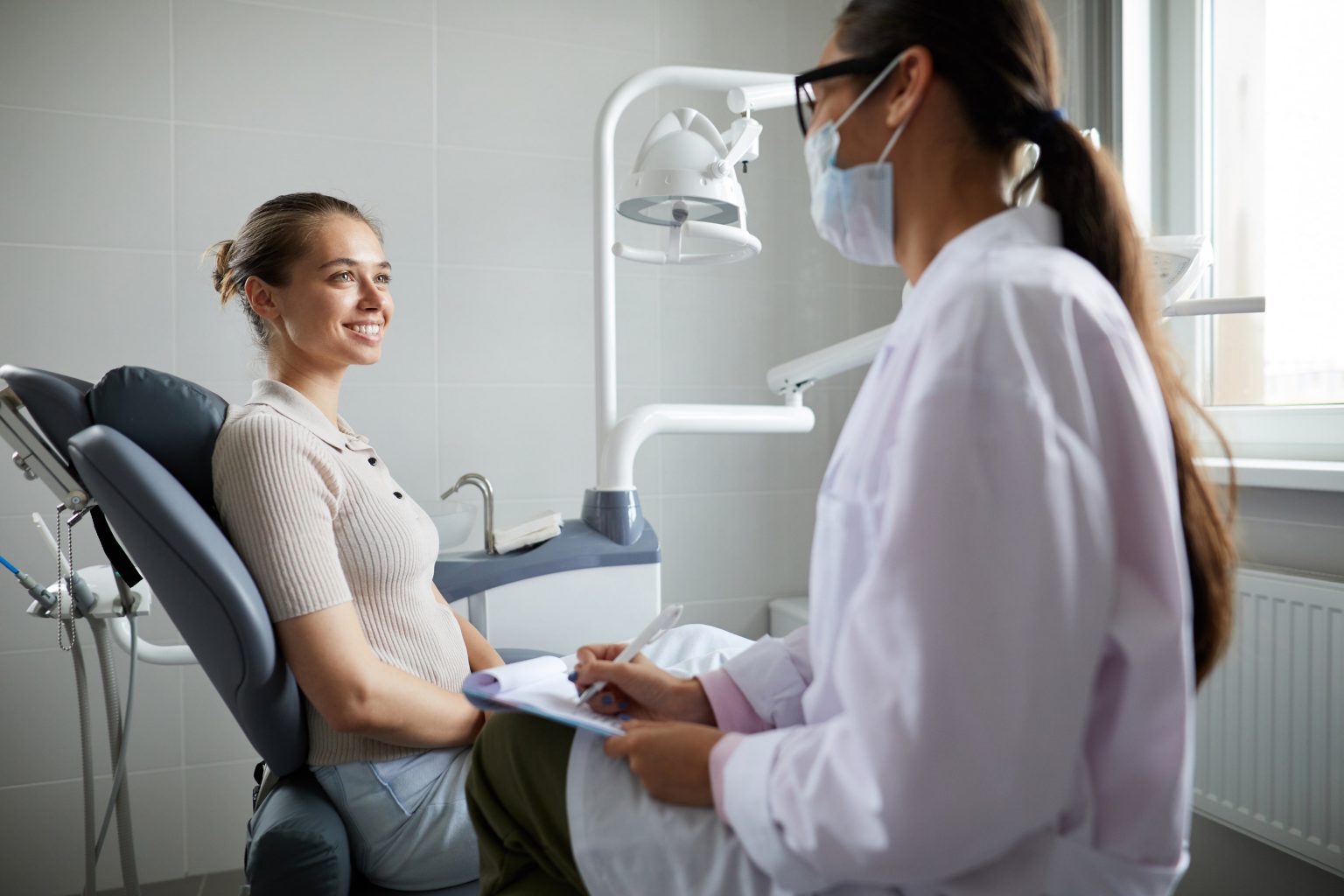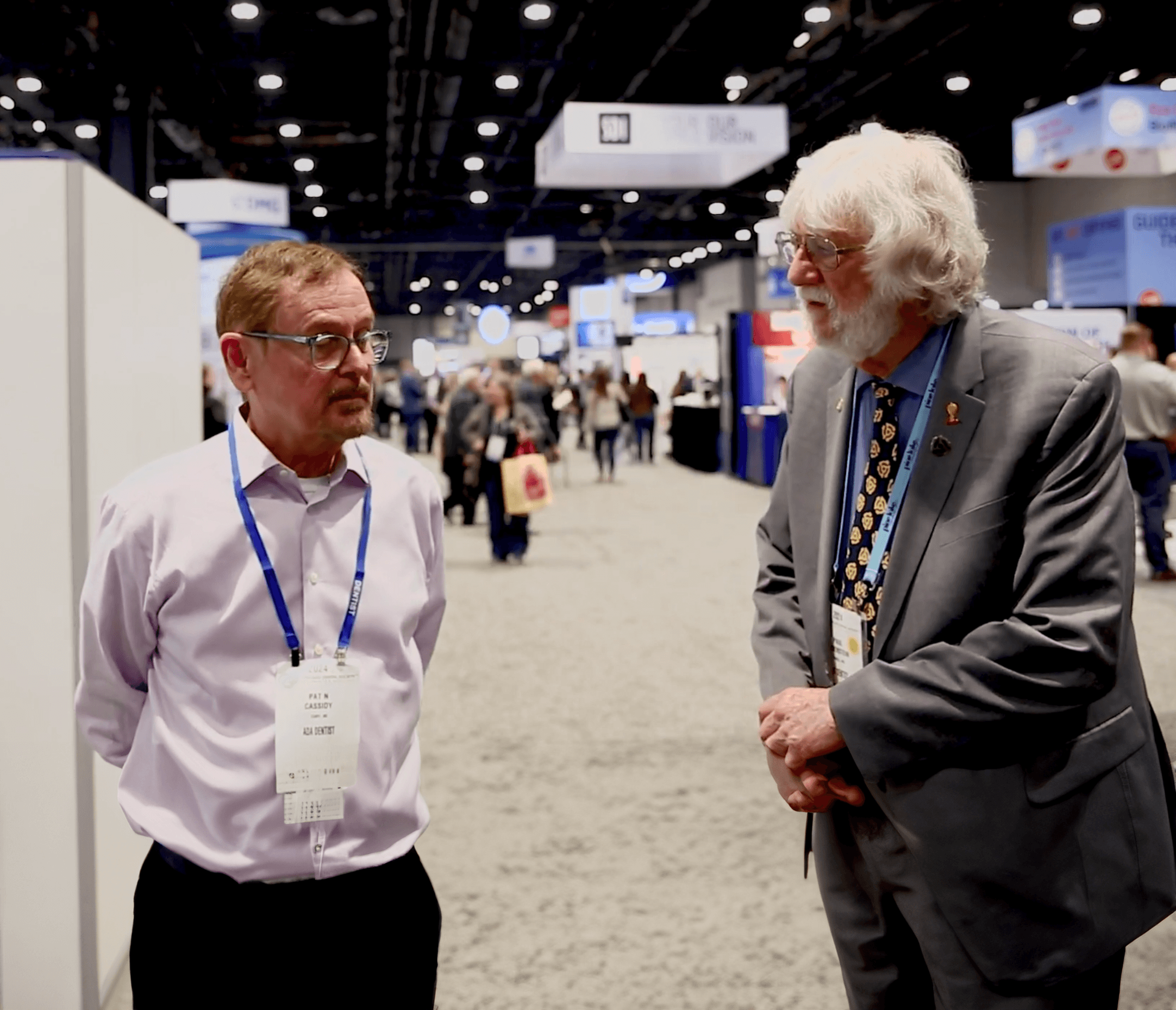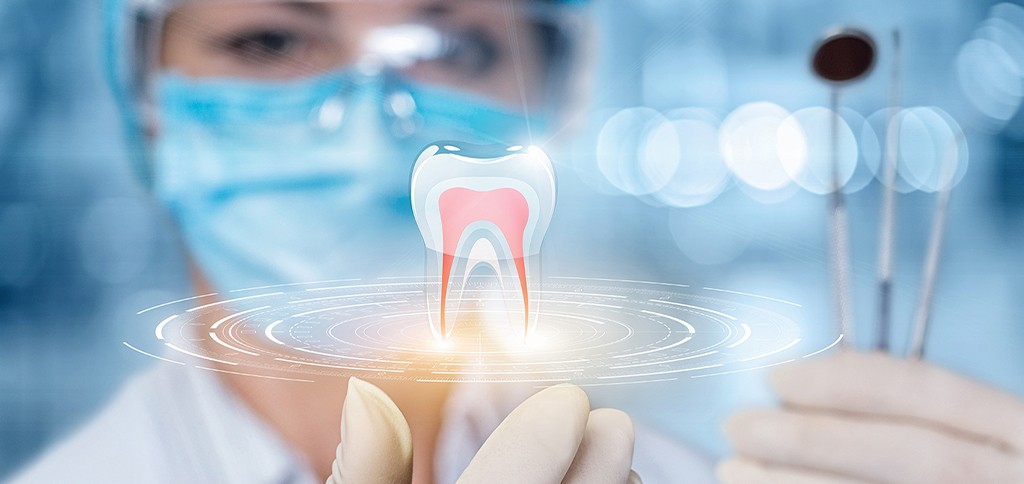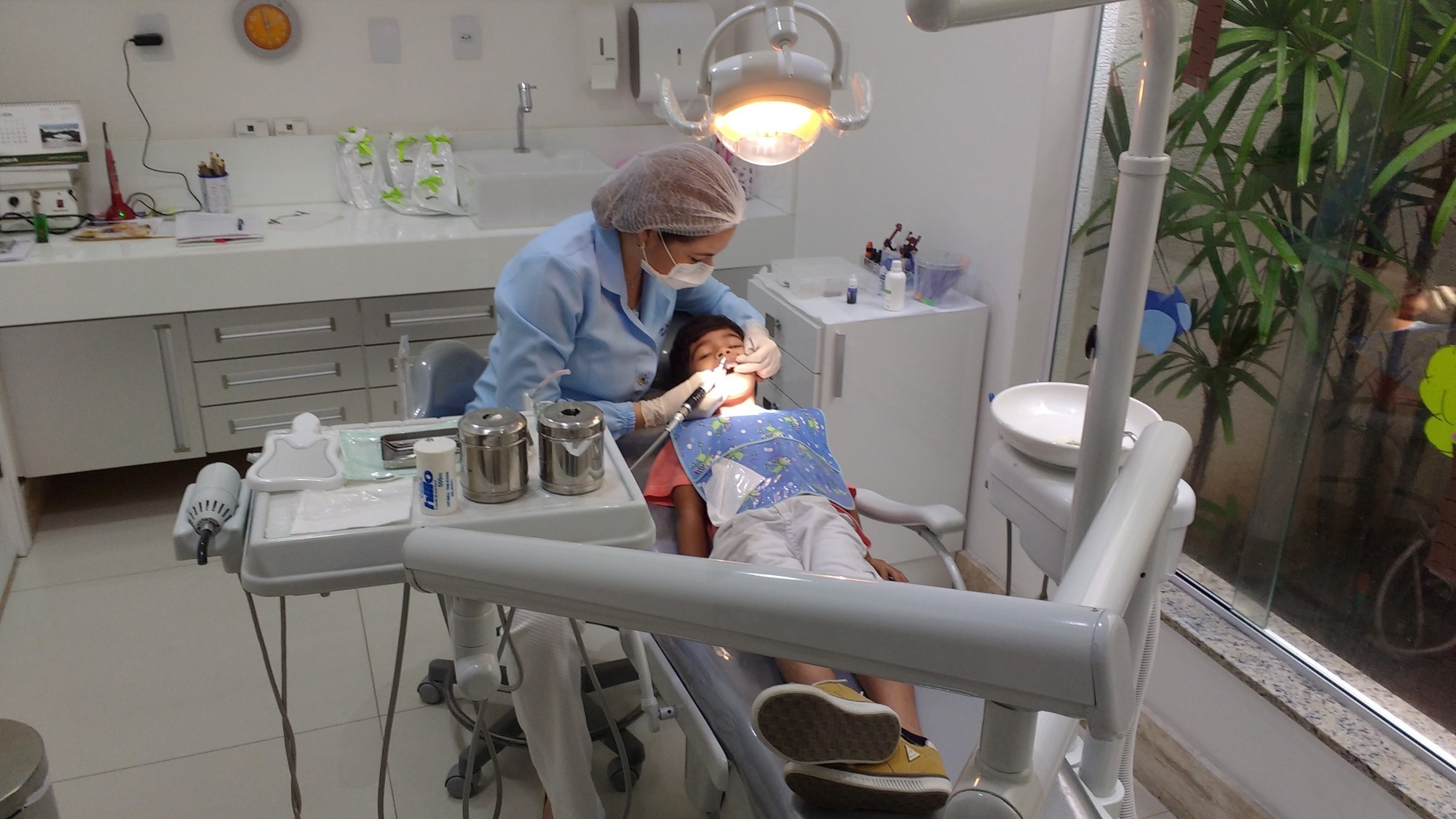When it comes to grafts in the US dental market, by far the most commonly used is human bone particulate from a tissue bank. I think it is safe to say that dentists generally know very little about the source and processing of graft materials. This article is intended to close that gap.
Given that materials are reliant upon individuals donating their bodies, it is very useful to appreciate what happens in the stages leading up to the donor material’s final use. How are donations processed? Who processes them? Is there a difference in bone grafts? These are all legitimate questions that I will address below. At the very least my goal is to begin the thought process that will allow you to look into what you use and ask some of the right questions to sellers of grafting products.
There are many ways that a tissue bank can get donations, including through a national registry, health care facilities such as hospitals, or even direct from family members. Not all tissue banks do the actual processing. Some buy from a larger processor, or in the case of bone particulate they may just purchase a “blank” from the processor which is simply the bone itself measured in CC’s. Tissue banks typically have clean rooms capable of sterilization, irradiation, labeling and packaging. There are only a few tissue banks in the US and even fewer that actually sell to the dental market, as margins are higher in the hospital market. So in the end, you may have one tissue bank behind the scenes making bone particulate for many companies. Therefore, what you procure may be the same particulate whether you purchased it from an implant company or from a distributor.
Processing of tissues in the tissue bank is very systematic and thorough, involving clean rooms, a wash process, sterilization and irradiation. All of these factors affect the final products biologically and in turn, their effectiveness. For example, a tissue bank might have 500cc’s of bone to process.
Here are the steps:
Tissues are washed in a chemical solution.
The product is lyophilized or freeze dried so it can be used at room temperature.
The bone is put through a grinder to a specific size (or workable particulate sizes).
The bone is put into a sifter set to a particular grind size. It is like a flour sifter where the bone is sifted into a container. The most commonly used grind size is 250-1000um, with an optimal average size of about 600um. If the container is, say, 2 gallons, and all of the bone is sifted into it, the bottom 2 inches or so will be the smallest particle, as it would naturally sink to the bottom.
The bone container is then taken into the clean room and put into vials. All the vials that are pulled from the bottom 2 inches would be considered as “flour” or “pixie dust” by the end user. Every vial must be watched very carefully to determine the particulate size.
Sterilization is most commonly achieved by chemical means, however newer methods using certain gases or critical CO2 are making headway.
Finally, all tissues are gamma radiated. This step ensures that the tissue is free of any harmful microbials and is considered as a critical “safety net.” How much the tissue is irradiated is dependent on the effectiveness of the sterilization process, such that tissue coming back from the sterilization process with fewer microbials can be irradiated at a lower level. Clearly, if a tissue bank can irradiate at 15-20 Gy rather than 30Gy the final product will be more viable as a graft.
In summary there are many critical process factors that affect quality and consistency of bone graft materials, so you would be well advised to avoid thinking all you need to know is that “bone is bone – how much does it cost per cc?” Asking a graft providing company questions like what is the average particulate size, how is it sterilized, and what level of irradiation was used, can be very helpful. Additionally, consider asking if the tissue bank is AATB certified and FDA certified. All are legitimate questions in finding a good source.
Given the increase in demand for dental bone grafts, it is safe to assume they are very effective in their clinical use. Whether you are an experienced user or have just begun using allografts, it is important to understand these products are not like everything else you may use in your practice. The more you understand the process a graft goes thru, from the actual donation to the end user, the more you will understand the importance of good processing as a key to positive outcomes.



